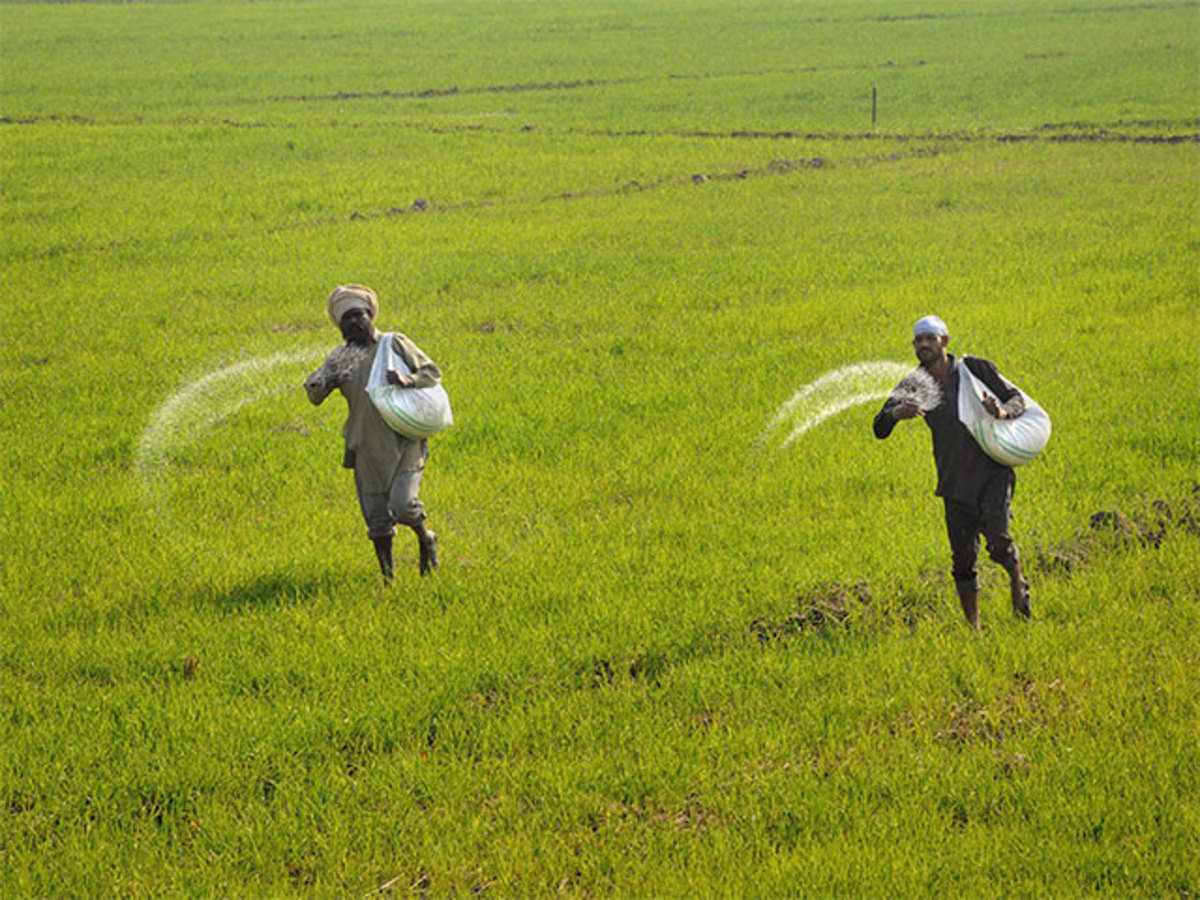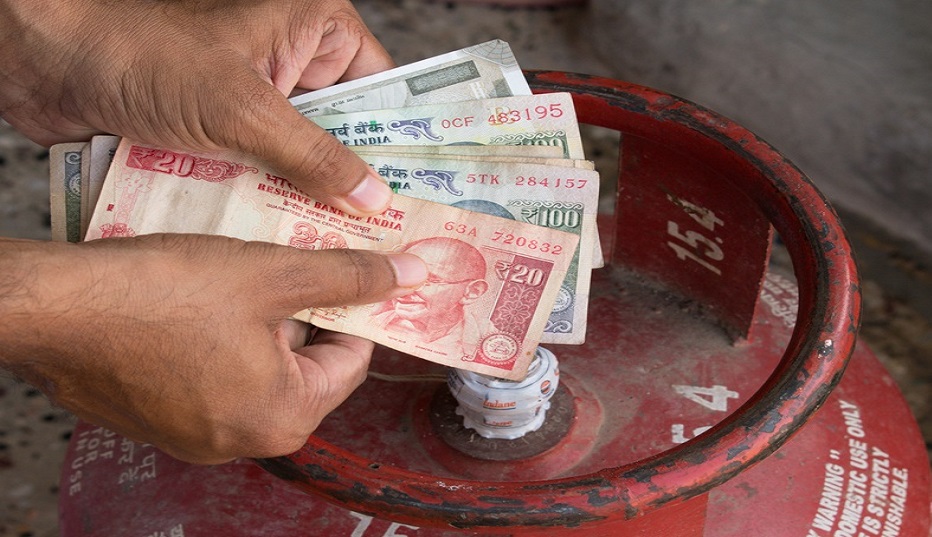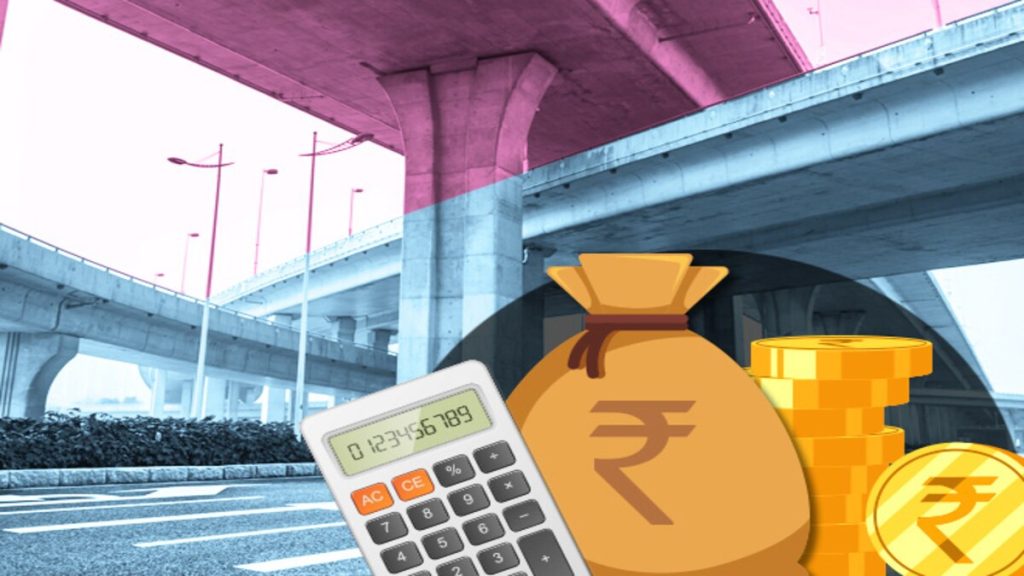Subsidies are one of the quintessential attributes of any state. When it comes to India, on the eve of independence was left with an uphill task of socio-economic development. Markets were almost nonexistent, the masses lived in abject poverty and illiteracy, we weren’t producing enough food to satiate the hunger of the masses, and our lifespan was just 32 years.
There was a crisis in every sphere — agriculture, industry, health or education — partly due to colonial legacy. Given such circumstances, the founding fathers of democratic India rightly envisaged the Indian state to be a state.
However, 70 years down the road only a few problems have abated, while new ones cropped up and poverty still stubbornly remains a pressing problem. In this context, the latest economic survey rightly points out that despite spending as high as Rs 3.77 lakh crore annually on subsidies, there is no ‘transformational impact’ on the standard of living of the masses.
While subsidies have helped some poor people to try and do firefighting in life, the main allegation of a subsidy economy is that, through subsidies, money meant for the poorest is appropriated by richer sections of the society thanks to mistargeting and leakages.

As already said, a state without subsidies can’t be imagined. Governments must extend subsidies to realize the objectives of socio-policy. By this, they aim at-
Making basic necessities affordable to poor people through the extension of consumer services. To prepare a foundation of assorted economic sectors within which the private sector can participate later. When the economy is at lower stages of development, it’s often unviable and unaffordable for the personal sector to step into production.
This can be mainly because there are limited resources with private investors and there are informational externalities/uncertainties. As far as such cases government do handholding by supporting the private sector by extending subsidies and withdrawing them when the private sector becomes competitive.
Subsidies should be aimed toward specific development objectives. In the achievement of those objectives, subsidies should be phased out. it’s only then that subsidies can go well with an undistorted economic system.

However, in an exceeding democracy, subsidy once extended becomes a politically sensitive issue and governments suffer huge political risk if they end such subsidies. Over time, new subsidies are extended which compile on older ones and they soon consume scarce revenue resources of the presidency.
This takes an important toll on other expenditures of the government. They are forced to chop allocation to developmental and infrastructure avenues. Further, higher subsidy expenditure pushes up fiscal and revenue deficits as the government starts spending quite it earns. This fiscal deficit will be closed preferably by raising more revenue through new taxes (proactively) or by borrowing money.

The most significant consequence of either of these alternatives is that cash is squeezed out of the economy and which ends up in lower consumption/demand. This successively hits the expansion in the economy. Less growth ends up in the lower collection of taxes.
On the other hand, the subsidy burden remains the same or perhaps increases. Further, higher borrowing ends up in a higher amount of interest to be paid. So briefly, careless or politically motivated subsidy ends up in lower revenues for the state and better unproductive expenditure.

Further, if the government is unable to borrow money or lift taxes, it will print new currency to finance deficits, which increases finances within the economy. This creates inflationary trends in the economy. An incoherent subsidy regime unintendedly does more harm than good for the cause it stands for socio-economic development.

